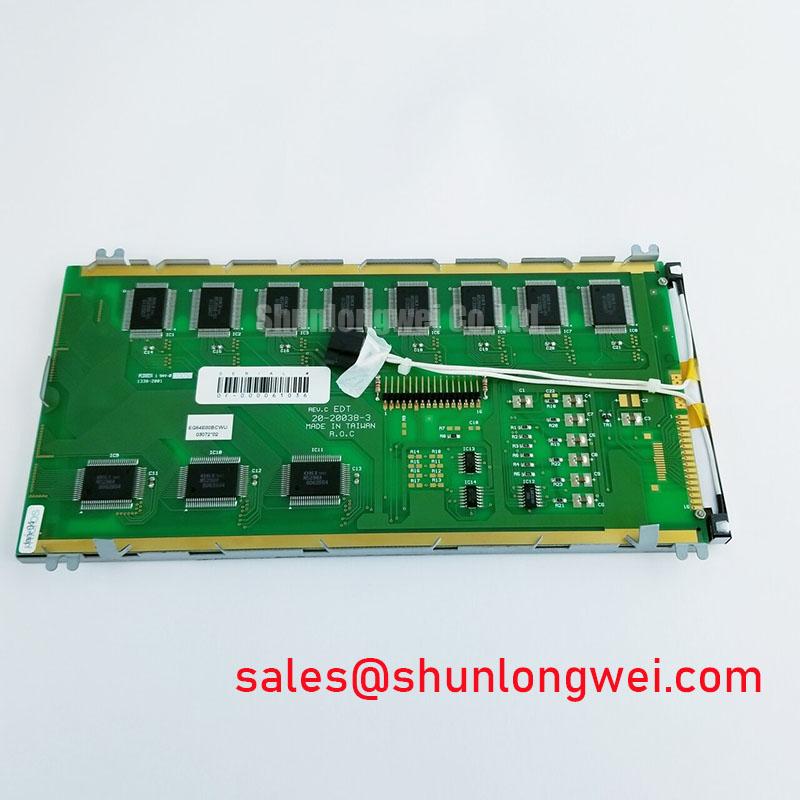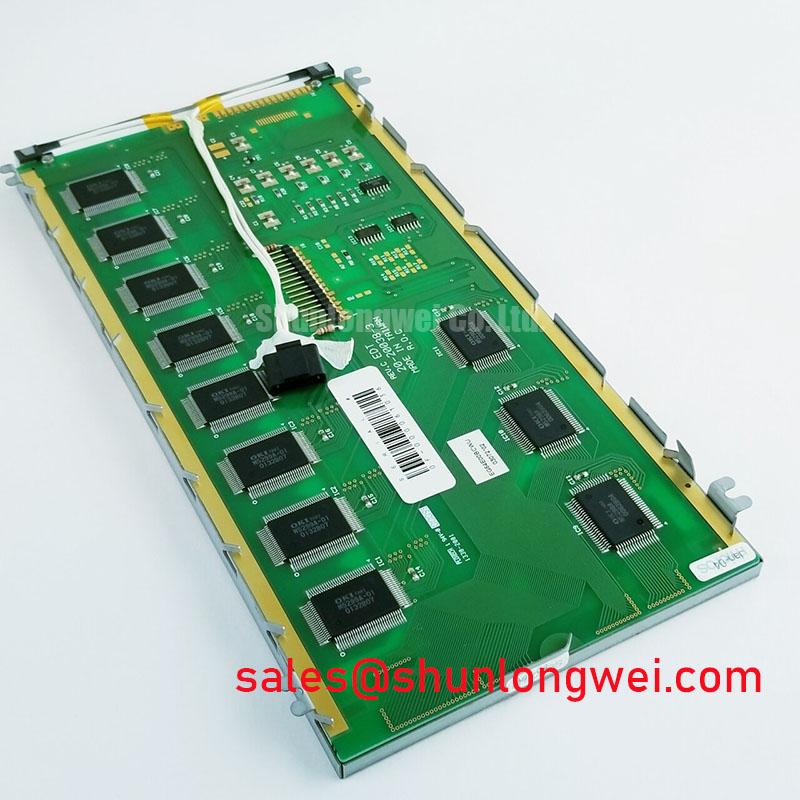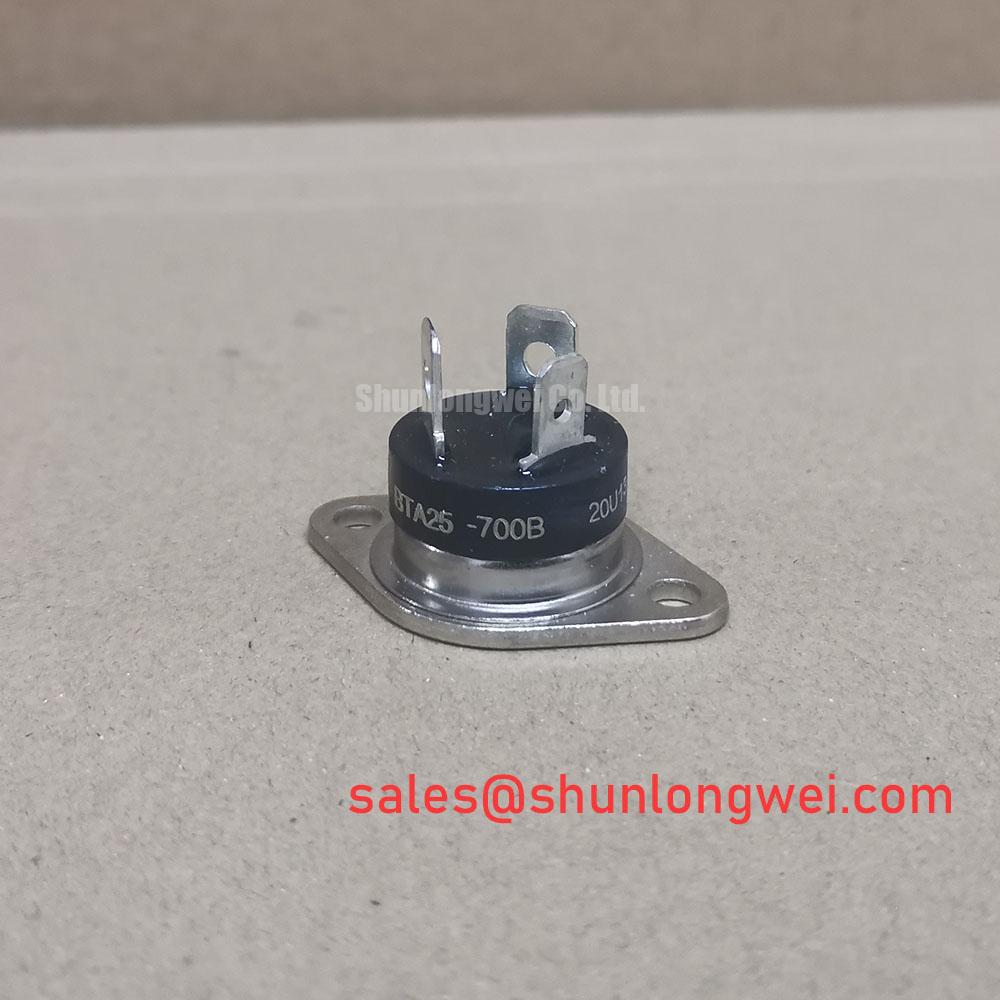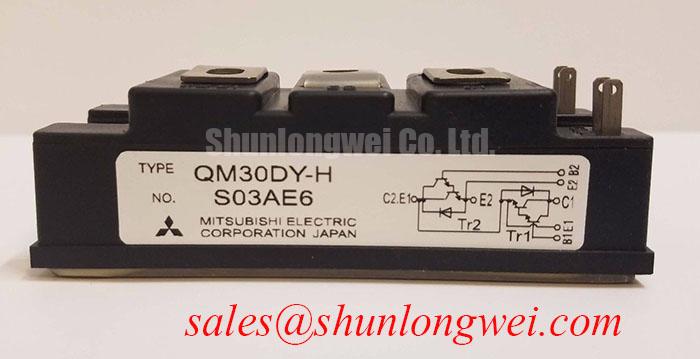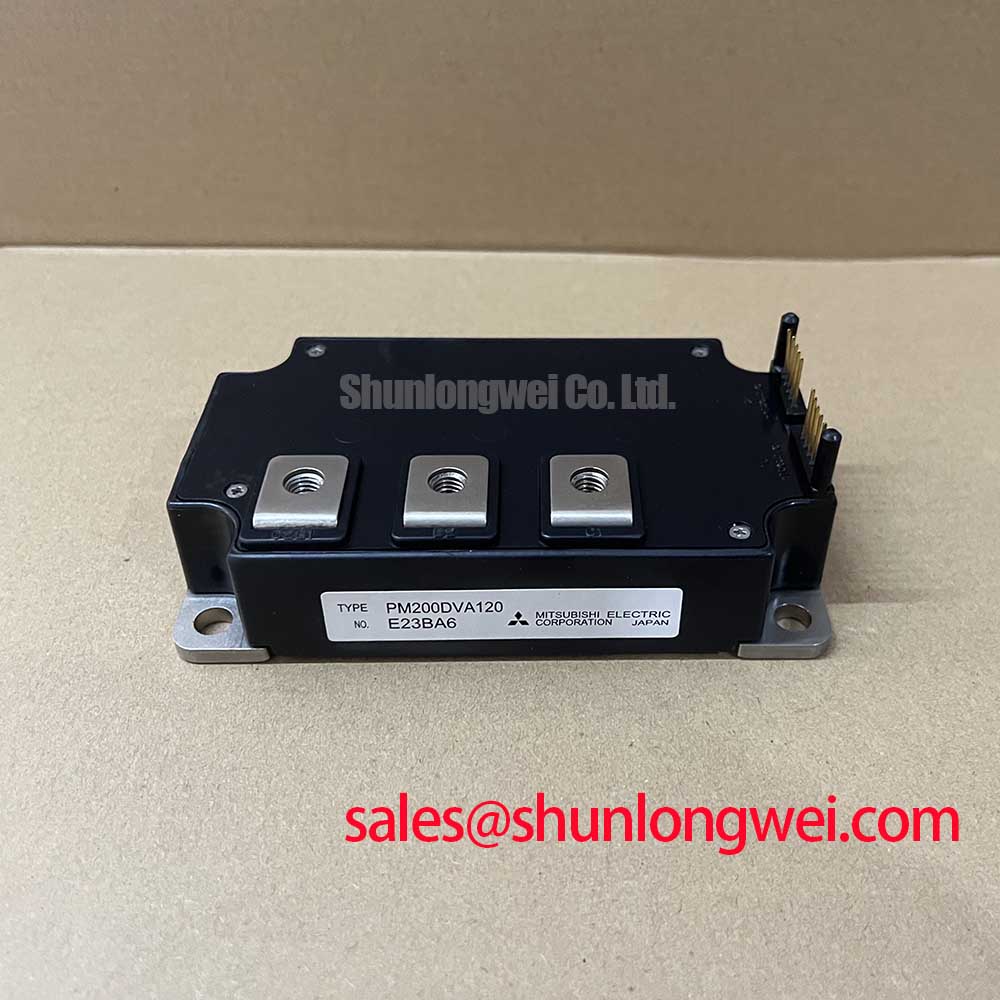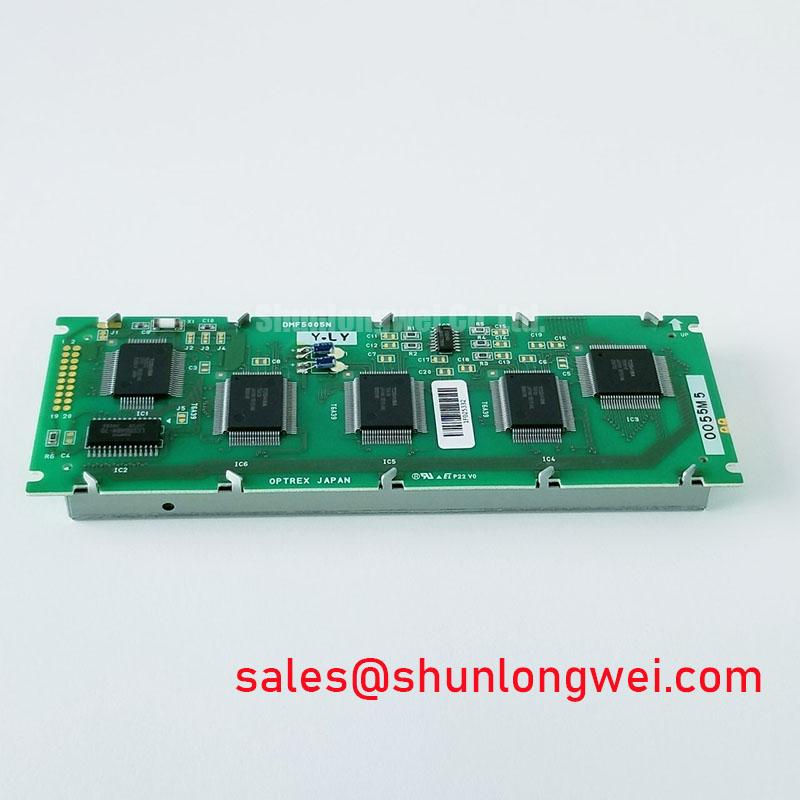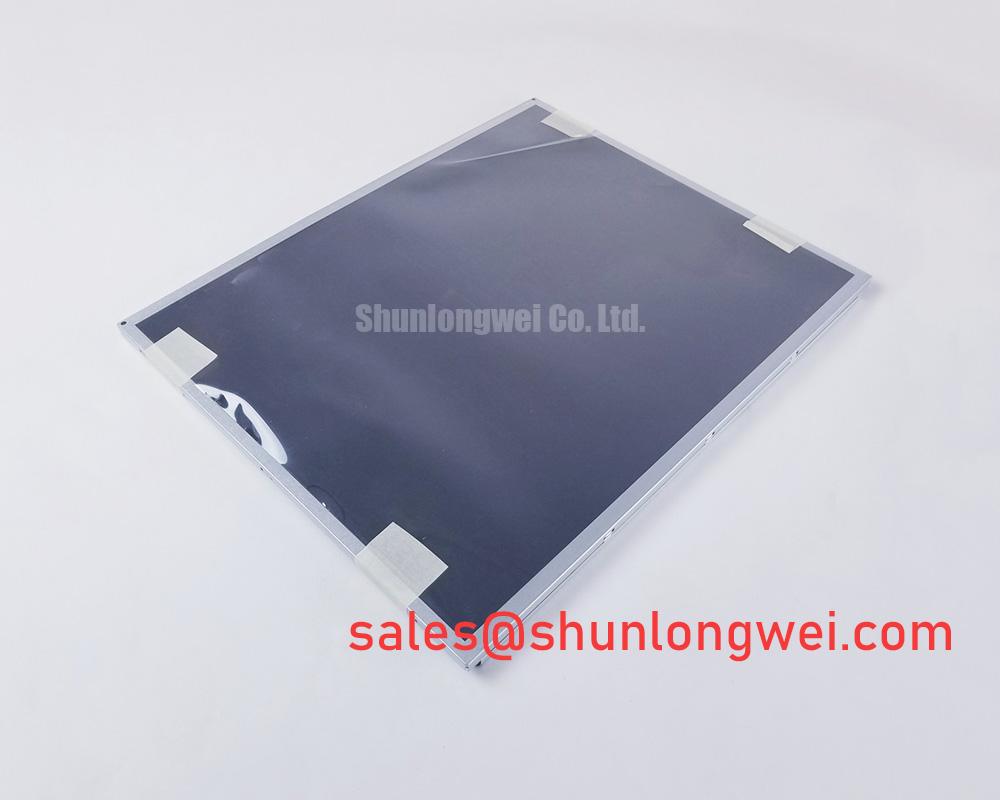EG64E00BCWU (MSM6255) | Robust Dot Matrix LCD Controller for Industrial HMIs
The EG64E00BCWU, built around the proven OKI MSM6255 controller LSI, represents a cornerstone component for engineers designing robust, information-rich human-machine interfaces (HMIs). This is not a component chasing the latest high-resolution trends; it is an engineering workhorse, valued for its reliability, straightforward implementation, and low-power operation. For applications where clarity, dependability, and system simplicity are paramount, the EG64E00BCWU delivers exceptional value by providing a direct and efficient bridge between your microprocessor and a graphic dot matrix display.
Key Engineering Highlights
The MSM6255 controller at the heart of the EG64E00BCWU is engineered for seamless integration and performance in embedded systems. Its design philosophy prioritizes offloading the host CPU and simplifying hardware design.
- Direct MPU/MCU Compatibility: Features a selectable bus interface that connects directly to both 80-family (Intel) and 68-family (Motorola) microprocessors, eliminating the need for extensive "glue logic" and reducing both board complexity and bill of materials (BOM) cost.
- Integrated Display Architecture: Combines on-chip Display RAM (DDRAM), Character Generator ROM (CGROM), and timing generation into a single CMOS LSI. This high level of integration simplifies software development and frees up critical CPU resources.
- Flicker-Free Operation: The architecture includes dual-port display RAM, a critical feature that allows the system's microprocessor to write new display data without interfering with the screen refresh cycle, ensuring a stable, flicker-free visual output.
- Versatile Display Driving: Capable of managing dot matrix industrial LCD displays up to a resolution of 64x272, offering ample space for text, custom icons, and graphical data readouts in a compact form factor.
Technical Deep Dive: Architecture and Engineer-Focused Benefits
Understanding the internal architecture of the EG64E00BCWU's controller reveals why it remains a trusted choice for demanding environments. The design directly addresses common pain points in embedded display integration.
The core value lies in its 8-bit parallel bus interface. In an era of complex serial protocols, this direct bus connection offers deterministic timing and high-speed data transfer that is easy to debug and implement. For an engineer, this translates to faster development cycles and predictable performance, which is crucial in industrial control systems.
Furthermore, the on-chip CGROM, which contains 128 alphanumeric characters, significantly reduces the software burden. Instead of requiring the host MCU to store font bitmaps, the system can simply send ASCII codes to the controller. For purely graphical elements, the controller provides direct access to the 1,904-byte Display RAM, allowing the MCU to set or clear individual pixels to create custom symbols, languages, or graphical charts. This dual-mode capability provides a powerful balance between ease of use for text and flexibility for graphics.
Application Scenarios & Value Proposition
The EG64E00BCWU is optimized for applications where information must be presented clearly and reliably, often in space- or power-constrained designs.
- Industrial Control Panels: Ideal for displaying machine status, error codes, and operational parameters on manufacturing equipment. Its robustness and immunity to EMI/RFI, inherent in its design, are critical in factory settings.
- Test & Measurement Instruments: In digital multimeters, signal generators, or power supply readouts, the controller provides a crisp display for numerical values and simple waveforms, with a direct interface that ensures minimal latency between measurement and display.
- Medical Devices: Used in portable patient monitors or infusion pumps where power efficiency and a reliable, unambiguous display of critical data are non-negotiable.
- Point-of-Sale (POS) Terminals: Perfect for customer-facing price displays or operator screens that require clear text and basic icons in a ruggedized package.
Key Technical Parameters
This table provides a quick reference for the core specifications of the underlying MSM6255 controller. For complete electrical characteristics and timing diagrams, we strongly recommend a full review of the component datasheet.
| Parameter | Value |
|---|---|
| Supply Voltage (VDD) | 2.7V to 5.5V |
| LCD Driving Voltage (VLCD) | 3.0V to 7.0V |
| Max Display Configuration | 64 rows x 272 columns |
| MPU Interface | 8-bit parallel (80-family / 68-family selectable) |
| On-Chip Display RAM | 1,904 bytes (30,464 bits) |
| On-Chip Character ROM | 128 characters (5x7 dot format) |
| Package | 80-pin flat package (QFP) |
For detailed schematics and application notes, you can Download the MSM6255 Datasheet.
Frequently Asked Questions (FAQ)
1. Can the EG64E00BCWU be used with modern 3.3V microcontrollers like ARM or RISC-V?
Absolutely. The controller's wide VDD range of 2.7V to 5.5V makes it compatible with both 5V and 3.3V logic levels. When interfacing with a 3.3V MCU, you can connect directly to the parallel bus. This flexibility is a key reason for its longevity in new designs and retrofits.
2. How are custom graphics or non-standard characters handled?
While the CGROM provides a standard character set for convenience, the controller offers full graphical control. By bypassing the character generator, your firmware can write pixel data directly to any address in the display RAM. This allows you to render any shape, from custom fonts for different languages to company logos and simple animations. For a deeper understanding of display technologies, explore this guide to TFT-LCDs.
3. What is the advantage of this controller over a modern SPI-based display module?
The primary advantages are speed and simplicity for certain architectures. A parallel interface can update the screen significantly faster than a serial one, which is crucial for applications requiring rapid data refreshes. Moreover, the direct memory-mapped interface can be simpler to program at a low level than a command-based serial protocol, reducing driver complexity. For specific integration challenges or to discuss if this component is the right fit for your project, please contact our technical team for expert guidance.

